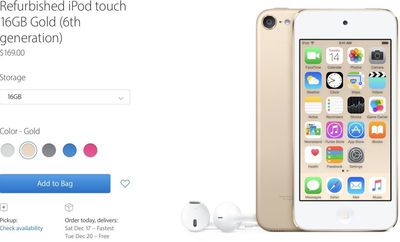Over the weekend, an image of a fake email circulated on Reddit which appeared to claim Pokémon GO for Apple Watch had been abandoned. A subsequent report, citing "a source with knowledge of the plans," said development of the companion Apple Watch app had indeed been shelved.
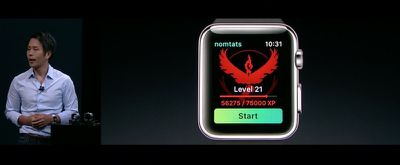
Pokémon GO developer Niantic confirmed the image in the Reddit post "is not real" in a statement sent to TechCrunch and Recode, and debunked the subsequent report in the process by noting development of the companion Apple Watch app continues, as it has since before the app was announced in September.
Pokémon GO also confirmed on Twitter that the Apple Watch app is "coming soon."
Pokémon Go for Apple Watch is coming soon. Stay tuned. — Pokémon GO (@PokemonGoApp) December 17, 2016
#pokemongo for Apple Watch is still on track for release. Looking forward to it! (Checked with a couple sources. They’re all excited.) — Rene Ritchie 🖇 (@reneritchie) December 17, 2016
So where is it? There's a certain amount of complexity involved in making Pokémon Go for Apple Watch. It ties into both the Apple Watch Workout system, which means you'll get credit towards your activity goals while out catching Pokémon, and HealthKit, which syncs all the information. The latter especially has some of the most involved privacy systems Apple has ever deployed, and my guess is Niantic and Apple are taking the time to make sure all that integration is done right.
Pokémon GO for Apple Watch was unveiled at an Apple media event in September. Skip to the 25:20 mark in the video below.
The app will provide Pokémon GO players with at-a-glance information, such as how far they need to walk to hatch a particular egg. The main screen shows the player's current level and XP remaining to get to the next. Pokémon GO walks are recorded in Workouts, helping players achieve their Activity goals.


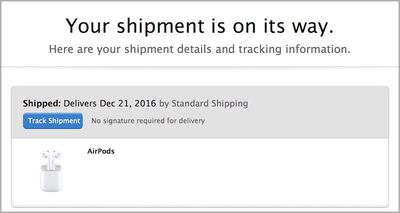

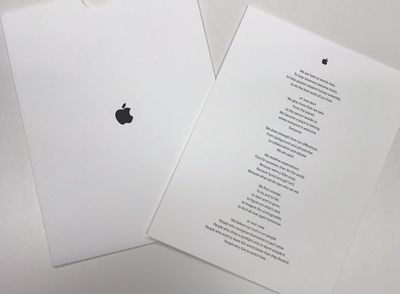

 Twitter
Twitter 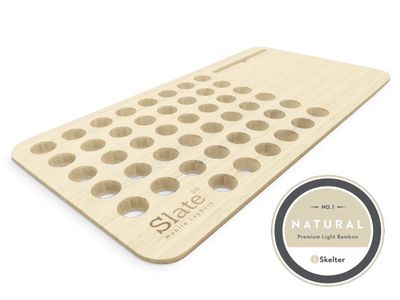
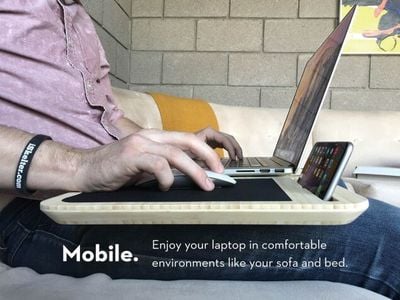
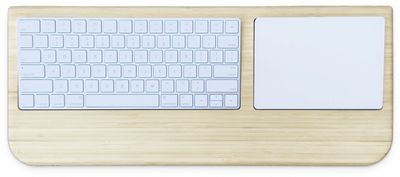

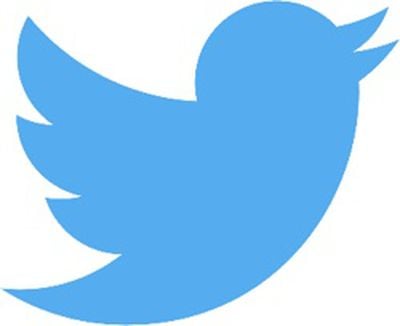 Twitter has confirmed to
Twitter has confirmed to 
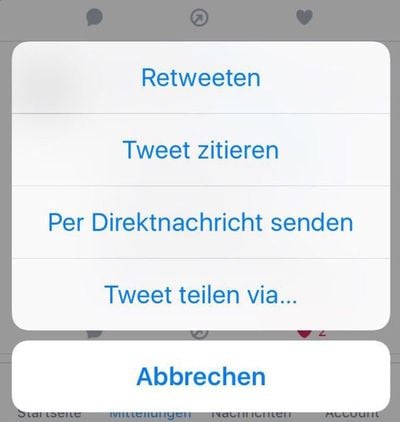
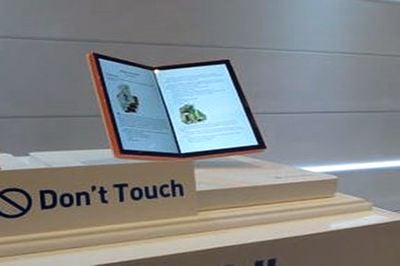

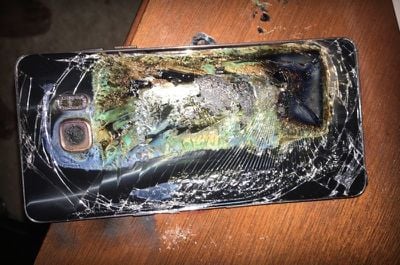
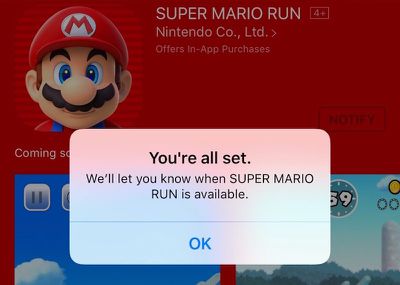
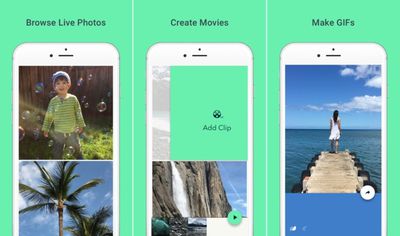

 Evernote tonight
Evernote tonight 
